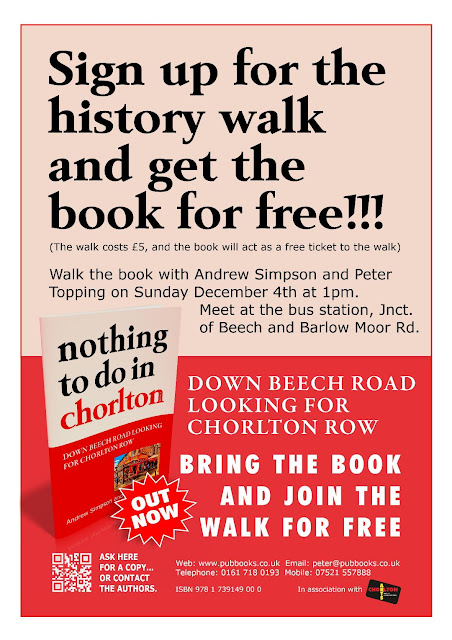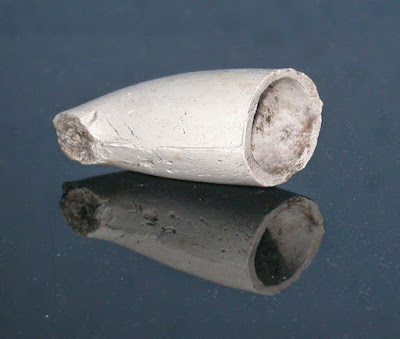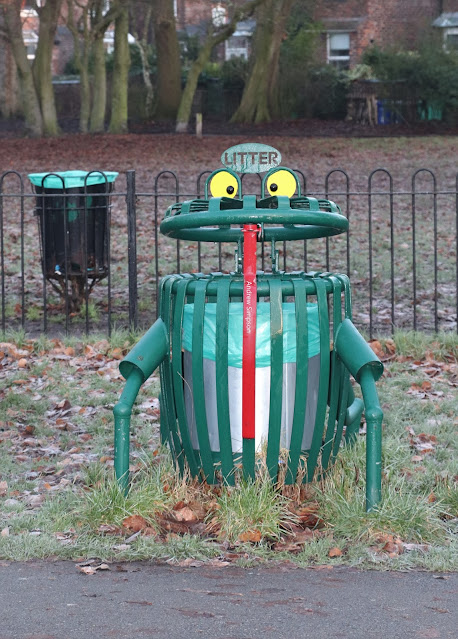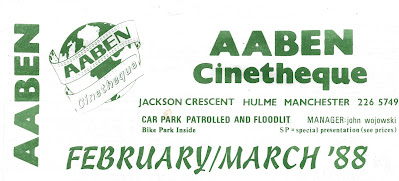I have been rediscovering the photographs of Humphrey Spender.
During 1937-38 he recorded the lives of working people in Bolton as part of the mass observation project.
It is something I wrote about recently when I featured BOLTON WORKTOWN, Photography and Archives from the Mass Observation*
I first came across Humphrey Spender in 1982 when someone bought me a book of his pictures.**
It is a book I never tired of looking at and it was one that I thought I had lost. Well perhaps put away safely, so safe that I had no idea where.
This loss was not helped by colleagues at Bolton Library and Museum Service who said it was difficult now to obtain a copy. An observation confirmed by a glance at Amazon where it was being offered at anything between £30 and £60. All of which made me even more gloomy given that mine was a first edition.
All however is now sunny because after an evening of hunting it turned up on a bookshelf.
And I have decided I shall feature another of the pictures from their online collection.
It is one I like.
According to the caption it was taken on September 25th 1937 when Bolton Wanderers reserves took on Wolverhampton reserves at Burndon Park in Bolton, and Bolton won 4-0.
I would like to know at what moment Mr Spender took the picture. Perhaps at the point that the home team were cruising to their final goal, and the smiles of the spectators say it all especially that of the man who has turned his back and shares the happiness of the moment.
Picture, courtesy of Bolton Library and Museum Service, who hold the copyright for this image, 1993.83.08.07
BOLTON WORKTOWN, Photography and Archives from the Mass Observation*, http://boltonworktown.co.uk/













































